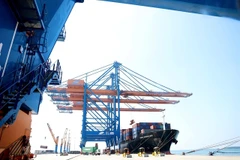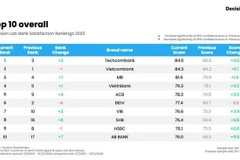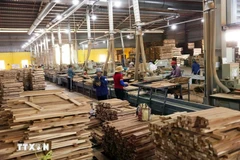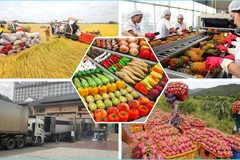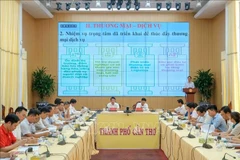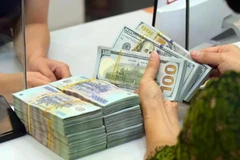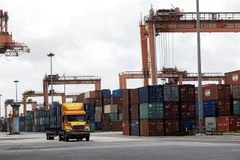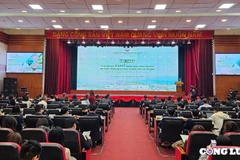Hanoi (VNA) – As global buying behaviour shifts and digital trade accelerates, Vietnam is riding the wave of cross-border e-commerce to unlock fresh momentum for its export sector.
In recent years, the number of Vietnamese enterprises engaging in online exports has climbed sharply, mirroring the country’s fast-paced digital transformation. A standout example is the Shopee International Platform (SIP), which now boasts nearly 400,000 Vietnamese sellers. Together, they have introduced more than 15 million products to markets like Malaysia, Singapore, the Philippines, Thailand, and Taiwan, achieving monthly sales growth of 20–30%.
Exports, alongside investment and domestic consumption, remain a critical pillar of Vietnam’s economic engine. But beyond traditional trade routes, more Vietnamese producers are turning to e-commerce as a game-changing channel to reach global buyers directly, empowered by proactive Government support for digital economy development.
According to Cognitive Market Research, the global cross-border e-commerce market was valued at 791.5 billion USD in 2023 and is forecast to grow at a compound annual growth rate (CAGR) of 30.5% from 2024 to 2031.

Recognising the potential, Amazon Global Selling established a presence in Vietnam in early 2019 to support local businesses with the expertise needed to sell globally. Since then, the number of Vietnamese companies achieving over 1 million USD in annual sales on Amazon has surged tenfold.
Several Vietnamese brands have successfully leveraged the platform. Newbam, a cashew brand owned by Organic Viet Food (OVF), capitalised on market trends and consumer insights to grow exports via Amazon. Meanwhile, VINUT, a beverage brand, combines traditional exports with a strong online push to reach more consumers worldwide.
Business-to-consumer (B2C) exports are rapidly expanding. According to Access Partnership, Vietnam’s online exports hit 3.5 billion USD in 2022, up 7% from the previous year. If current efforts by small and micro enterprises continue, the figure could reach 5.5 billion USD by 2027, or potentially 13 billion USD with more coordinated, robust engagement from stakeholders.
However, challenges remain. Among Vietnam’s vast pool of manufacturers and exporters, only a small percentage have fully embraced online trade. About 60% of businesses currently use e-commerce platforms, while the rest rely on self-built websites or apps. Just 37% report that e-commerce contributes 10–20% of their total export value.
Even larger firms are grappling with the shift. A textile exporter generating 50 million USD in annual sales cited difficulties ranging from operational bandwidth to limited knowledge of e-commerce workflows and managing customer service across time zones.
To maximise the potential of cross-border e-commerce, many countries are investing in supportive policies to help businesses leverage it as a powerful tool for market expansion.
Vietnam’s National E-Commerce Development Master Plan for 2026–2030 places strong emphasis on promoting exports of "Made in Vietnam" products and supporting small and medium-sized enterprises (SMEs) in enhancing their global competitiveness.
Whether via traditional or digital channels, success in export markets requires that Vietnamese products meet stringent quality and sustainability standards. E-commerce is no longer just an option. It is a vital channel to help Vietnamese goods reach international consumers faster, more efficiently, and more sustainably./.









